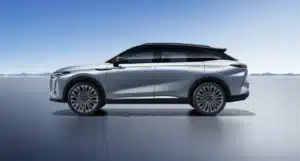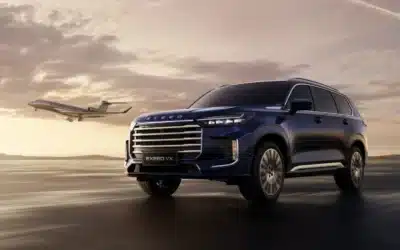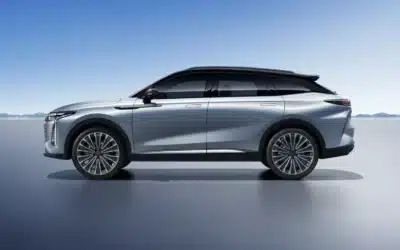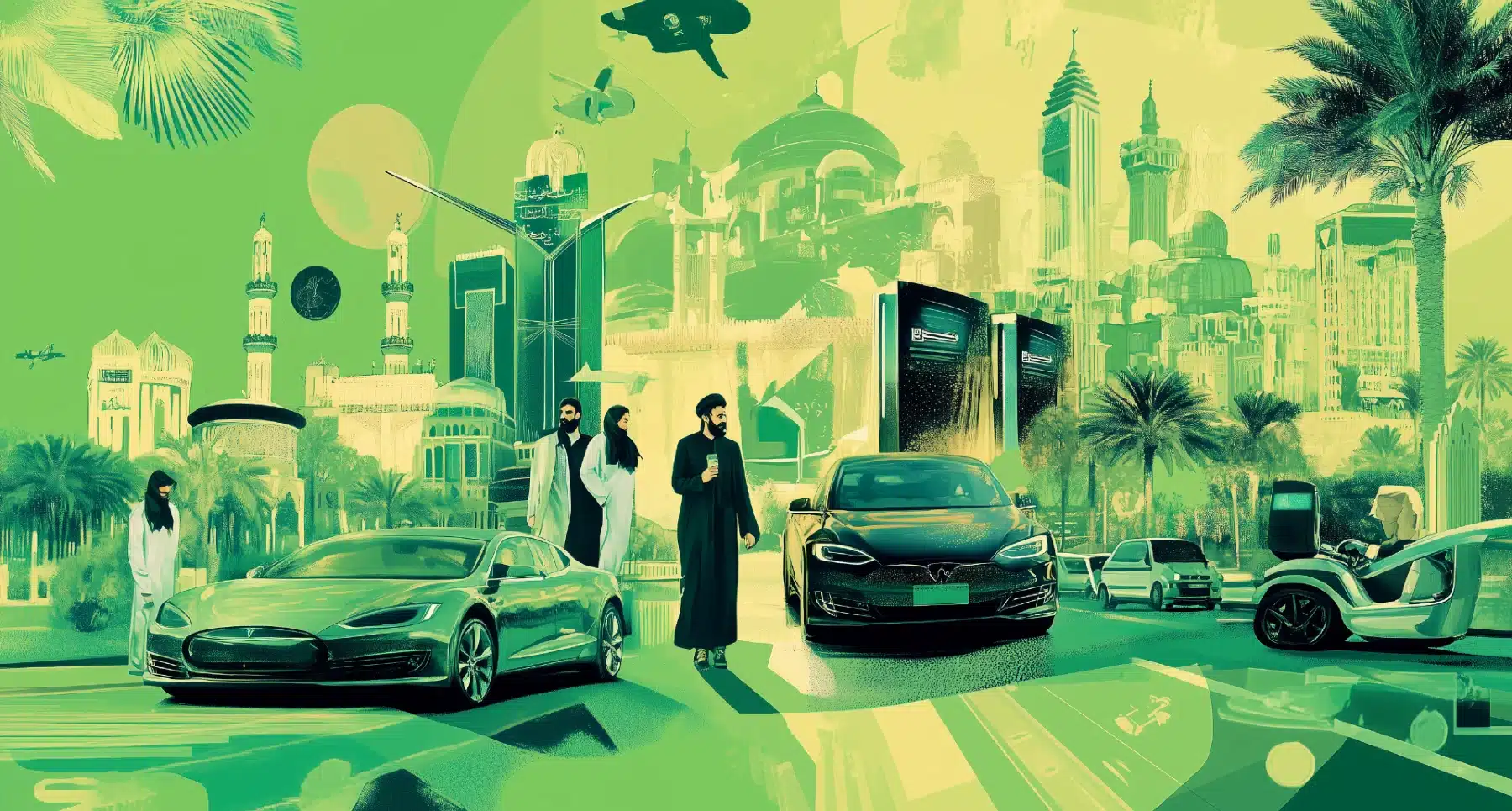
Even in the land of oil, where water is more precious than petrol, the electric car is on a charge – quite literally.
While overall numbers of new EVs sold are still relatively small at a few thousand annually, compared to over three-quarters of a million total vehicles, there’s a steady stream of drivers making the switch to EVs. This is set to accelerate rapidly as Saudi Arabia gears up for local EV production with Lucid saloons and SUVs, alongside home-grown manufacturer Ceer, set to roll out their vehicles in the coming years.
EVs are making the slow but steady transition, as they have in other countries, from intriguing novelties to mainstream mobility solutions. But who’s getting behind the wheel? Who’s plugging in instead of filling up?
The Young, Tech-Savvy Crowd
If you’ve noticed the sleek lines of a Lucid Air gliding through Riyadh or Jeddah, chances are it’s being driven by a young Saudi male. According to Abdulrahman Rammal, a Saudi motoring journalist, the typical EV buyer is a young, tech-savvy man eager to show off his latest ride. These buyers are drawn more to the “wow factor” of cutting-edge innovation than cutting their carbon footprints.

Lucid cars will be produced in Saudi Arabia and become a common sight on the roads.
For many, it’s not about being eco-friendly—it’s about making a statement. In a society that values status and luxury, owning the latest tech is a badge of honour. The majority of EV drivers are men aged 20 to 40, generally from affluent backgrounds, which makes sense given the higher costs of EVs compared to petrol-powered counterparts.
Professionals, entrepreneurs, and those in civil service positions make up the bulk of these early adopters, primarily located in urban centres like Riyadh and Jeddah. As for expats, the few who have adopted EVs tend to be from Western countries (the US, UK, Europe) or East Asia (China, Japan, South Korea), working in senior roles within industries like technology, finance, and engineering.
Women at the Wheel
As of 2023, there are approximately 2.5 million female drivers in Saudi Arabia, and their numbers are expected to increase steadily. Women account for about 15% of the driving population, and their entry into the automotive market has contributed significantly to overall car sales growth.
Although globally women tend to be more open to the environmental benefits of driving EVs, they still make up less than a third of EV buyers. This holds true in Saudi Arabia, where very few women currently drive EVs, though this is expected to rise as charging infrastructure improves and more EV models become available.

Women account for about 15% of the driving population. While only small numbers choose EVs today, this will rise.
Civil Services Embrace Electric
Saudi Arabia’s Vision 2030 aims to reduce reliance on oil, and while the private sector is moving slowly, the government is leading by example. Authorities have committed to purchasing 50,000 Lucid EVs, with plans to scale up to 100,000 over the next decade. Government employees and even some police patrols are already using these all-electric saloons.
This is part of a broader strategy to support the country’s first car manufacturing plant, established by Lucid near Jeddah, and to position Saudi Arabia as a regional hub for EV production.
Saudis vs. Expats: Who Has It Easier?
Practical challenges remain, particularly with the limited charging infrastructure. For now, EV ownership is easier for Saudis, who typically live in homes with private parking, allowing for home charger installations. On the other hand, expats living in apartments face more hurdles, as charging facilities in residential complexes are still uncommon.
The Rise of Affordable EVs
While younger buyers are drawn to the tech appeal, it’s often practical family-friendly models like the BYD ATTO 3 and MG ZS EV that are gaining traction. These models are more affordable, making them accessible to budget-conscious buyers, but still manage to attract young Saudis looking to step into the EV space without breaking the bank.
Tesla, despite its global reputation, hasn’t made a big impact due to the lack of local showrooms and concerns about quality. Instead, Lucid Air seems to have captured the attention of those looking for hit-tech performance and luxury.
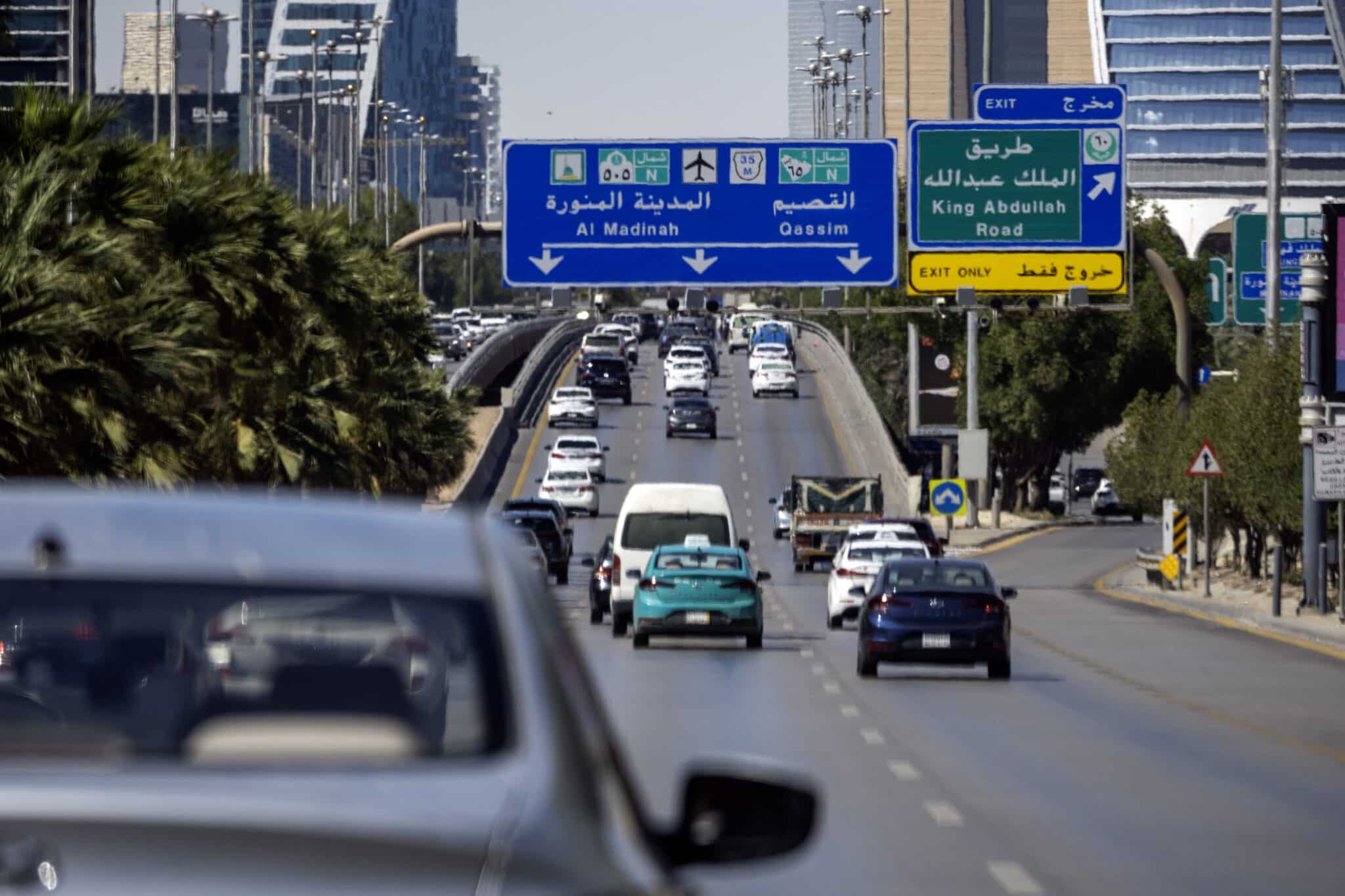
By 2030, 30% of the cars on Riyadh’s roads will be electric.
What’s Next?
Saudi Arabia’s EV market may still be small, but it’s growing fast. By 2030, the Kingdom aims to produce 500,000 EVs annually and expects 30% of vehicles in cities like Riyadh to be electric.
As local production ramps up and infrastructure expands, both government and private buyers will drive the market forward. For now, the EV scene is dominated by young Saudis eager to stand out, government fleets adopting EVs for sustainability goals, and a small but growing number of expats making the switch.
One thing’s for sure: the future of driving in Saudi Arabia isn’t just electricity-powered – it’s status-driven too.




